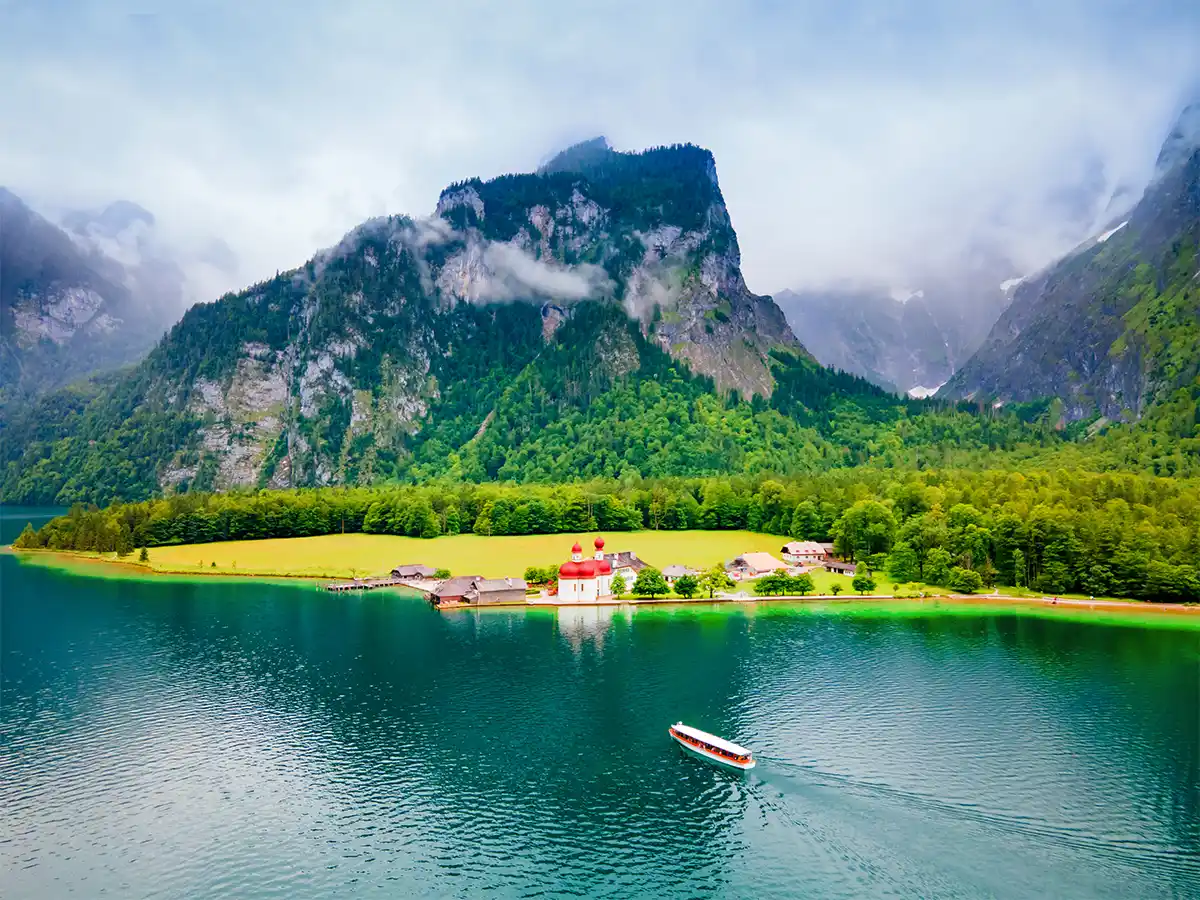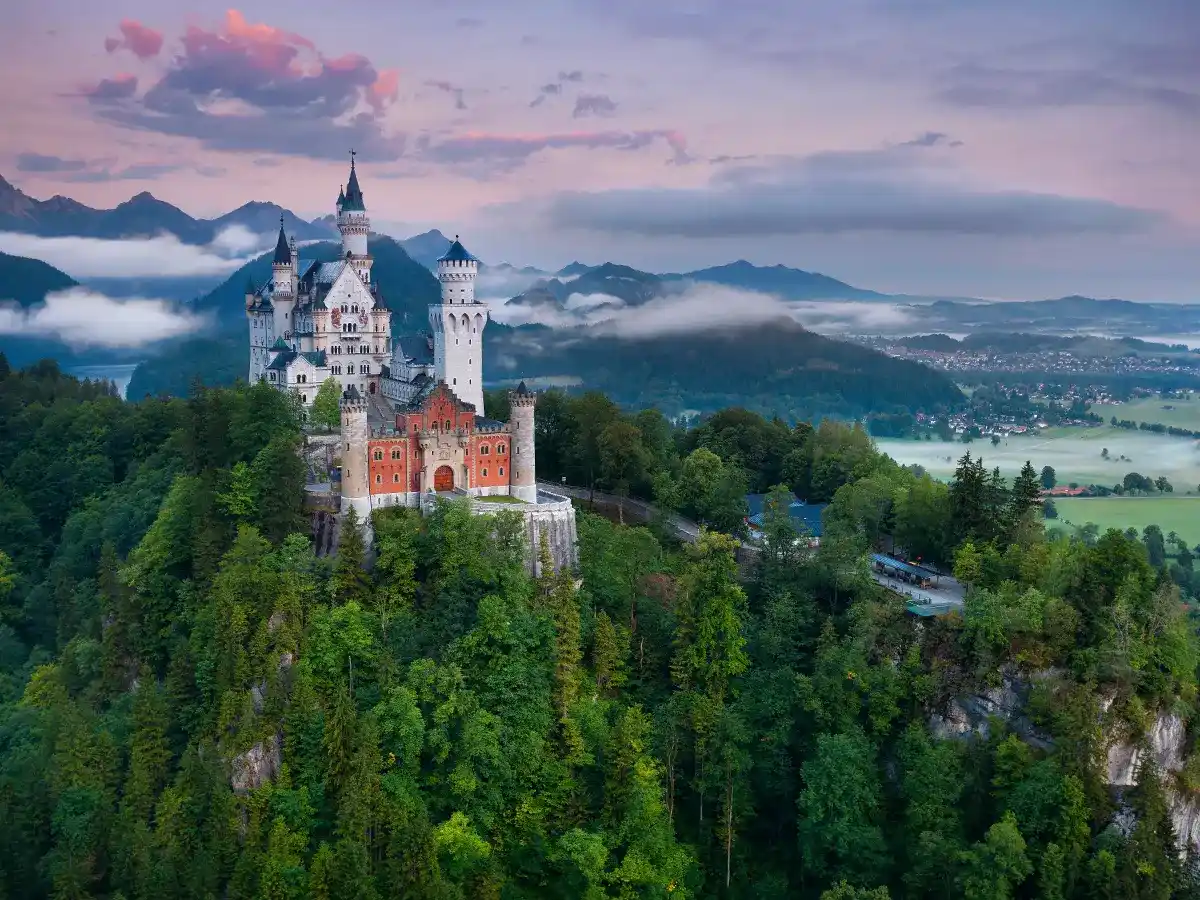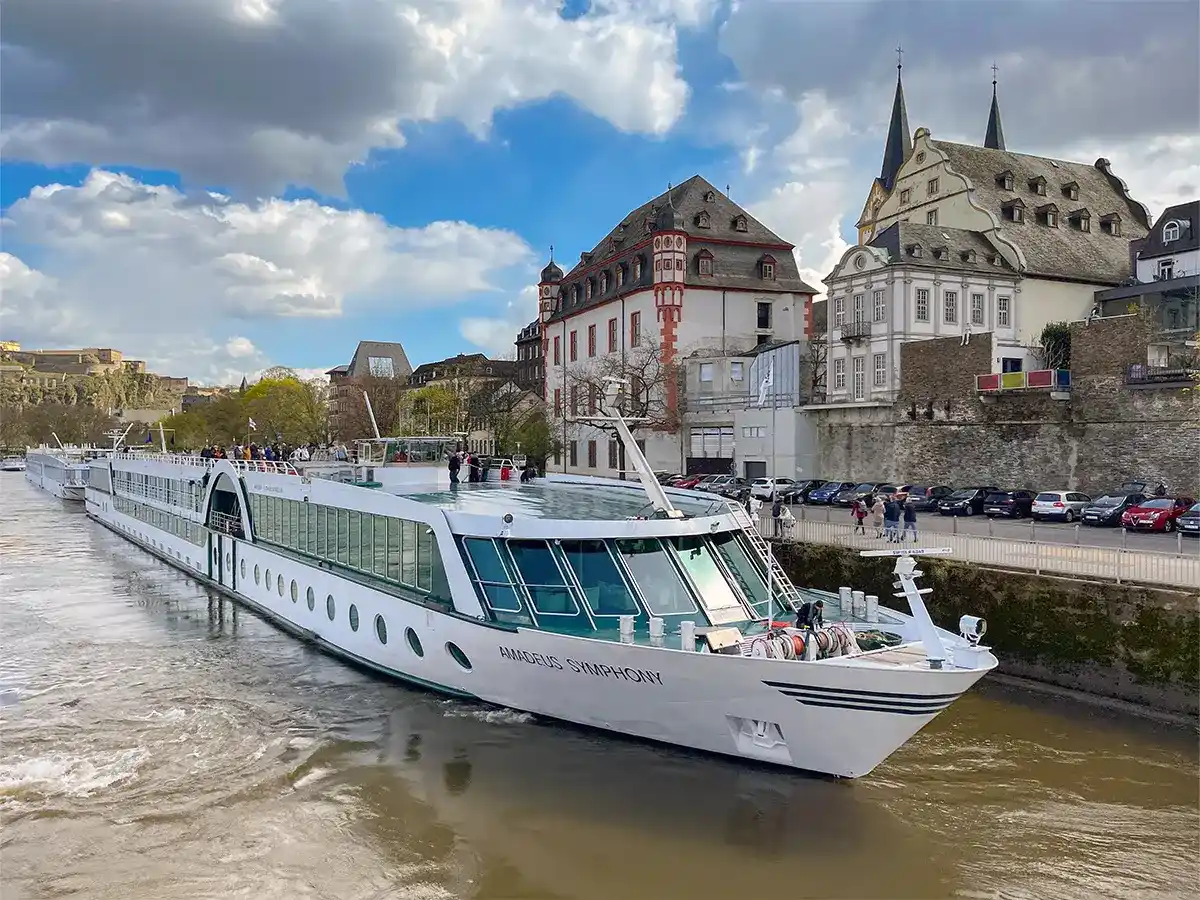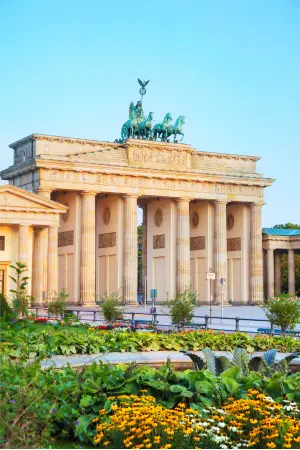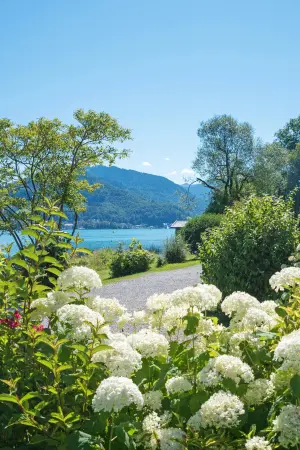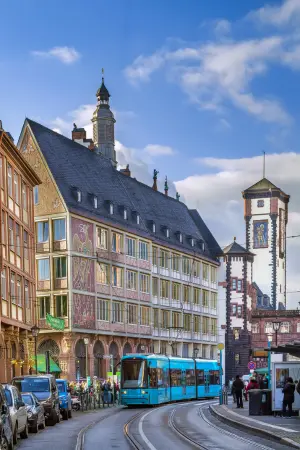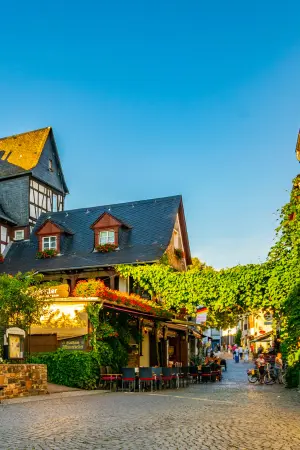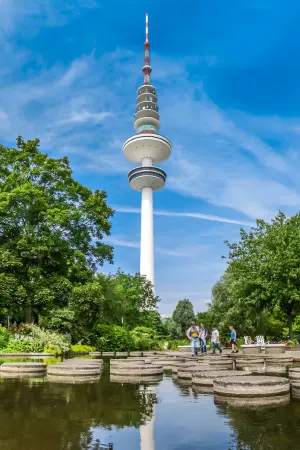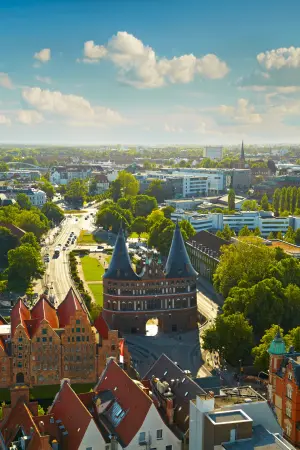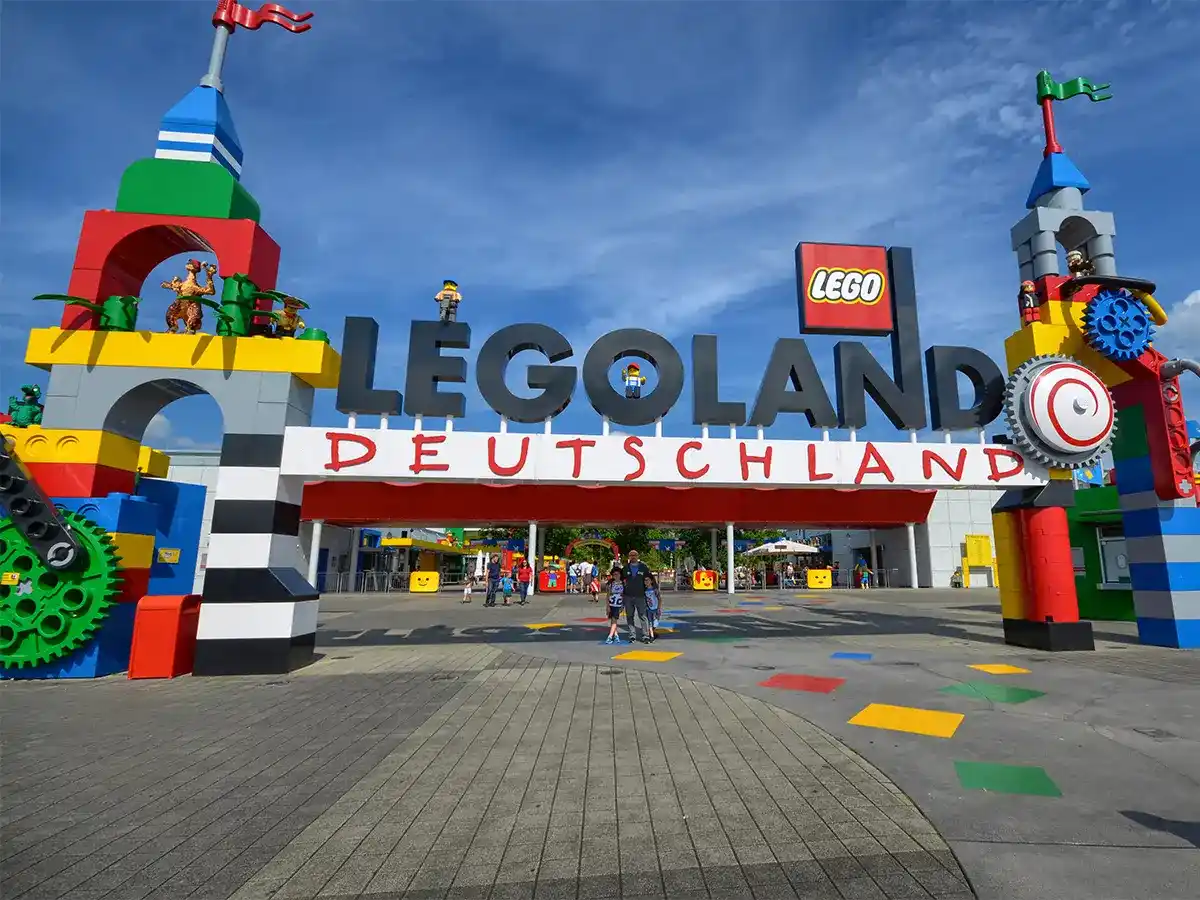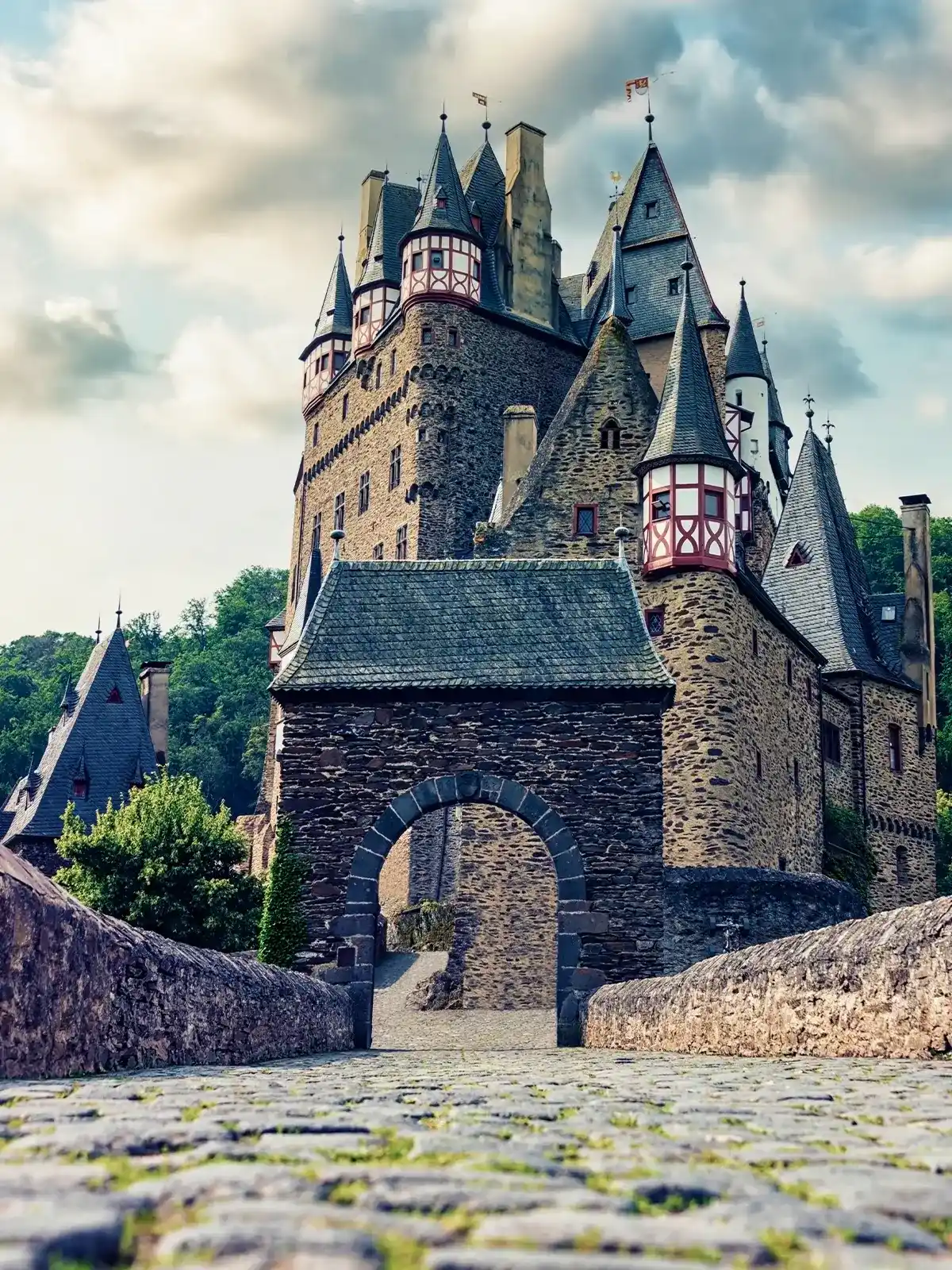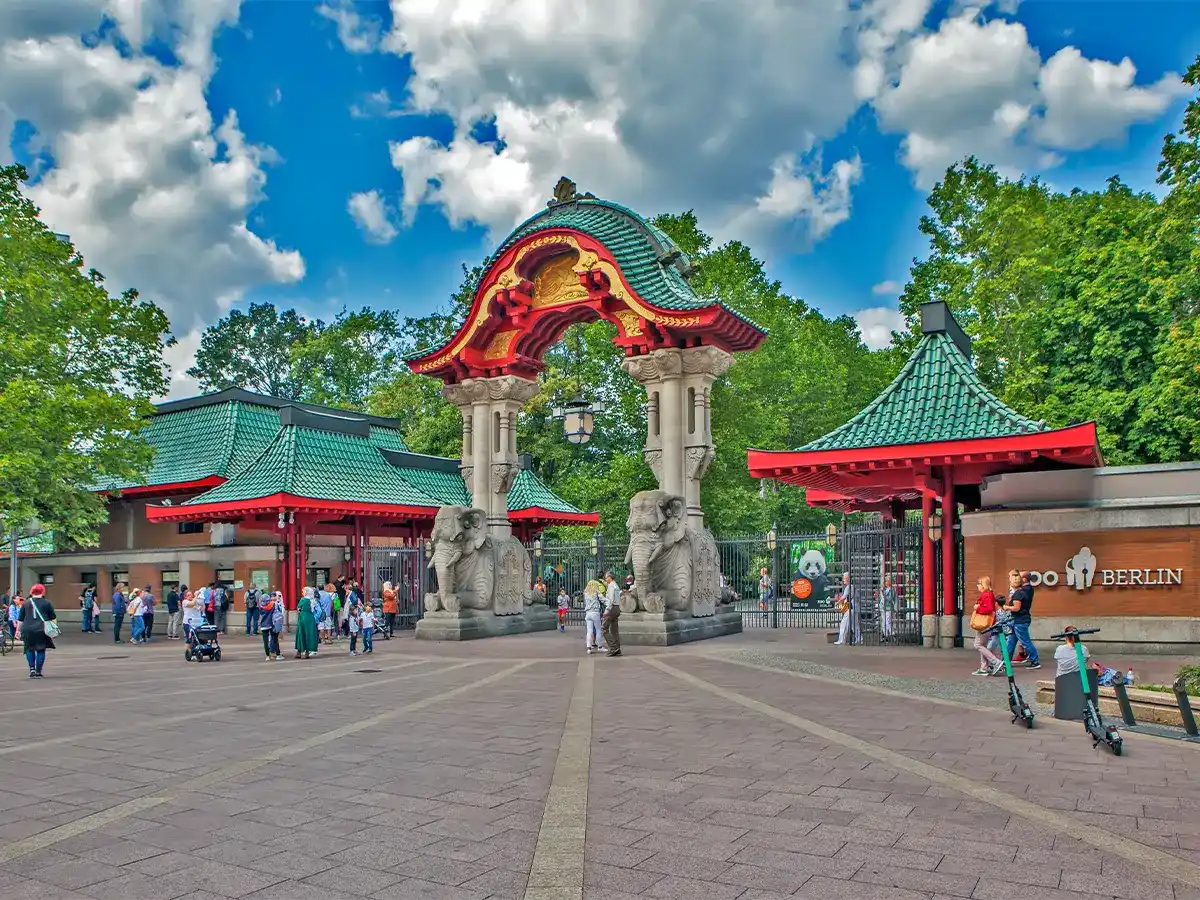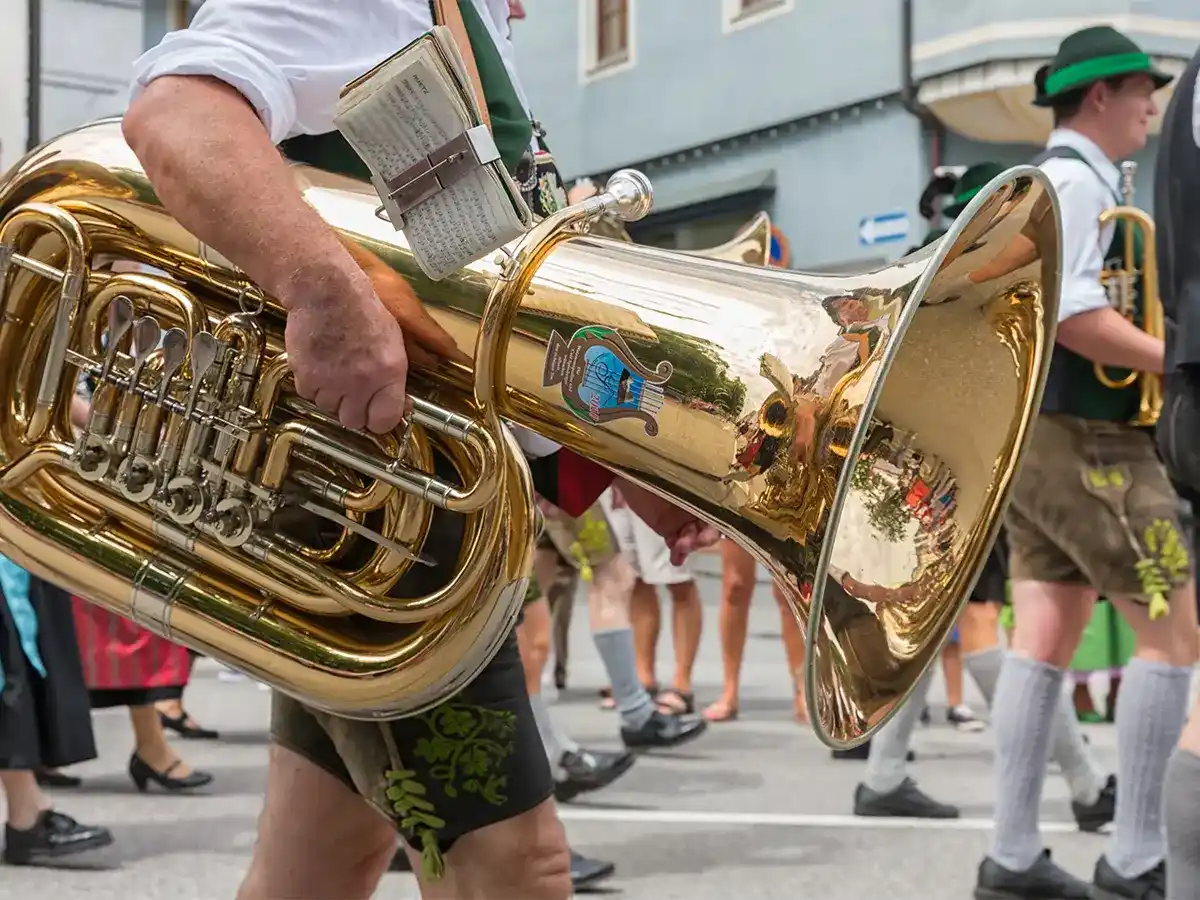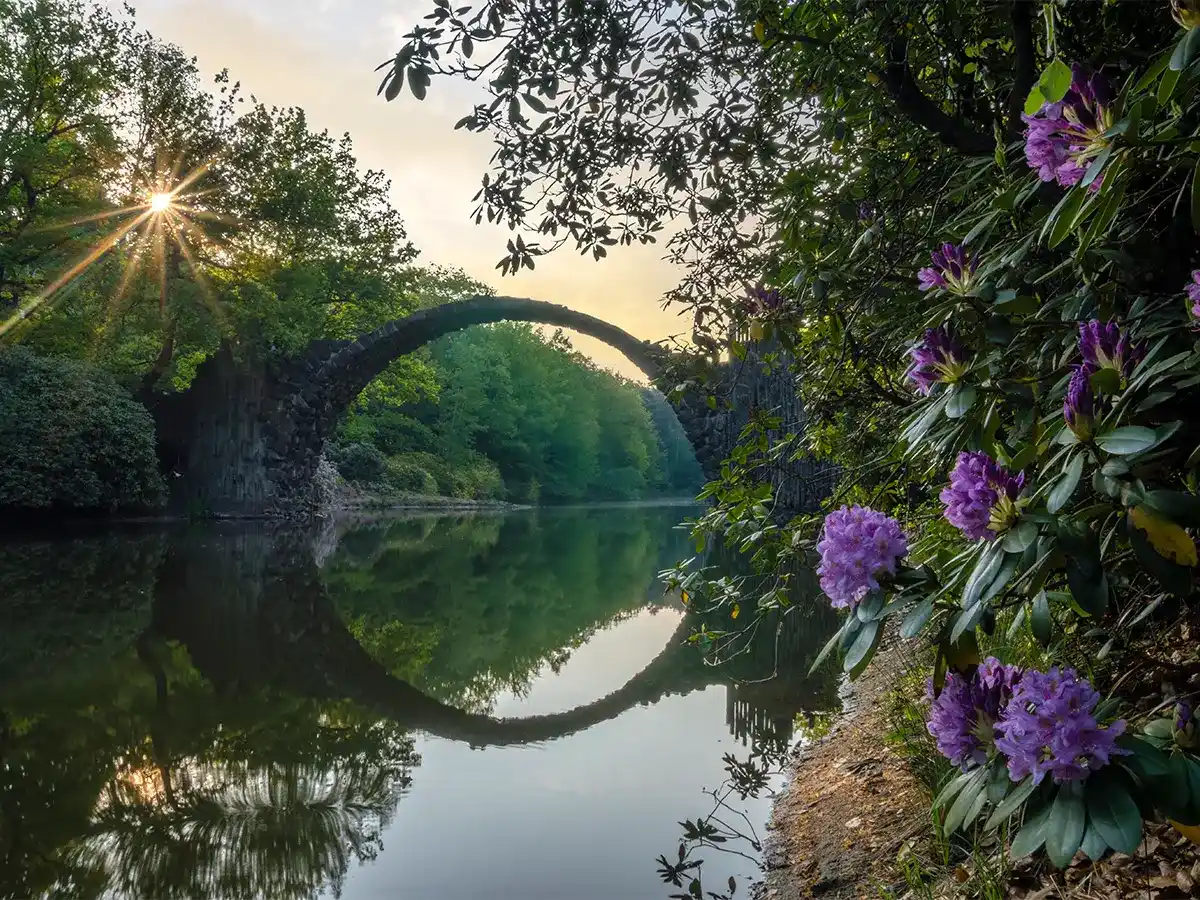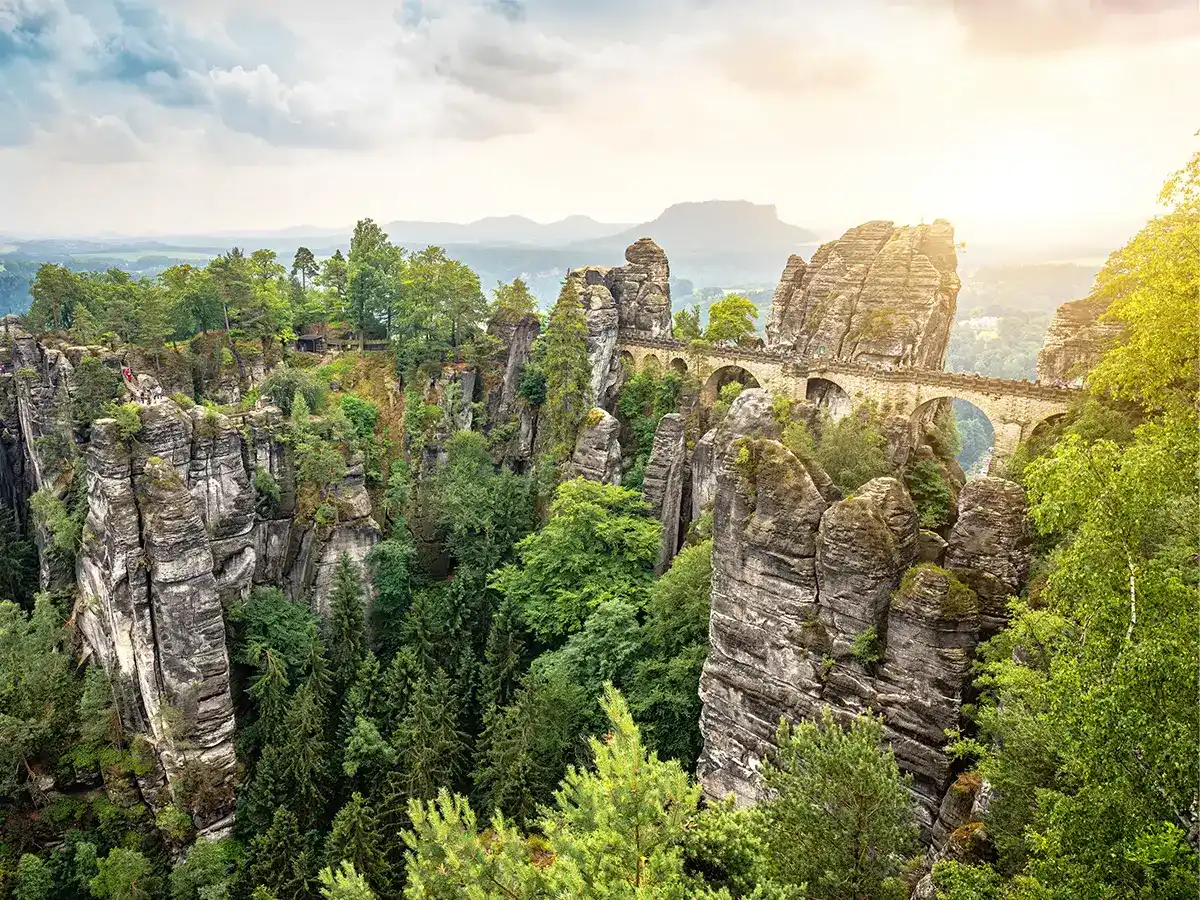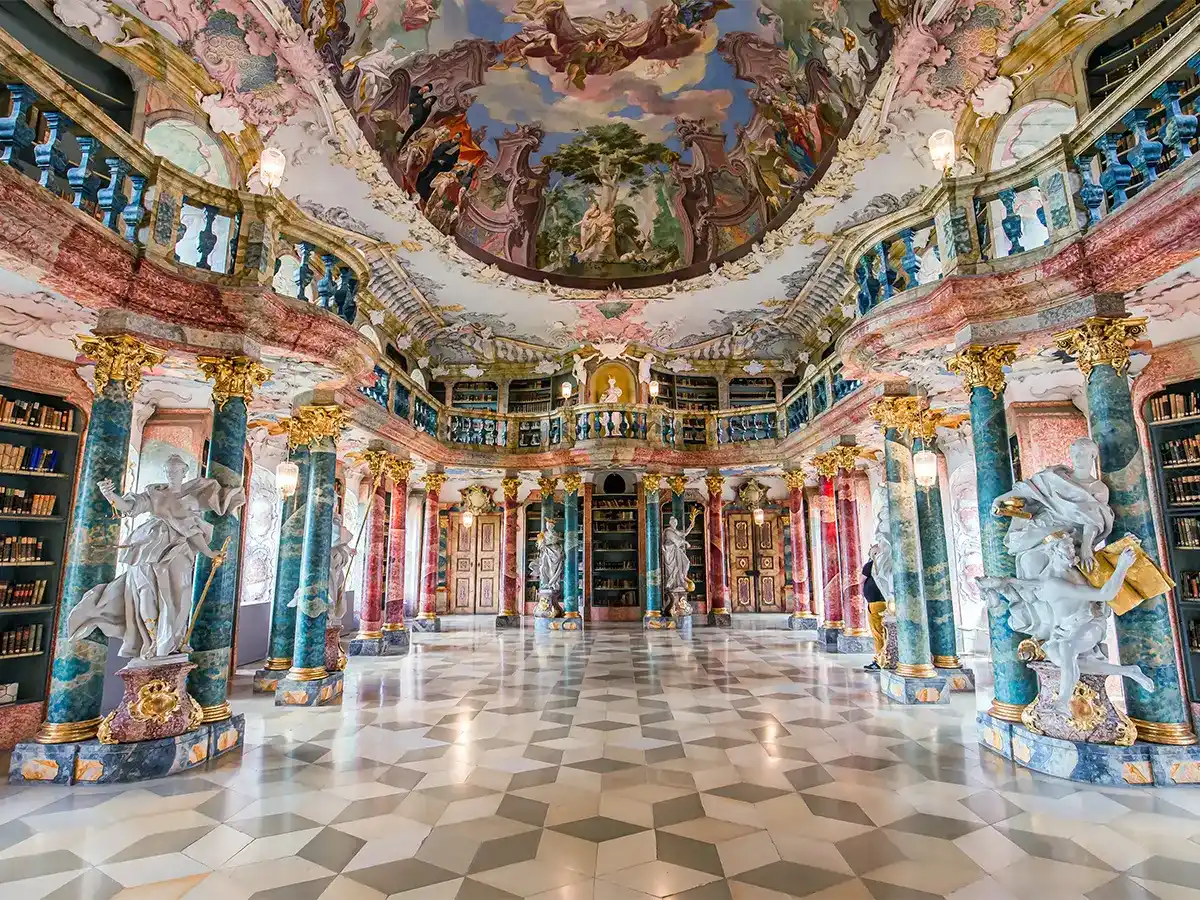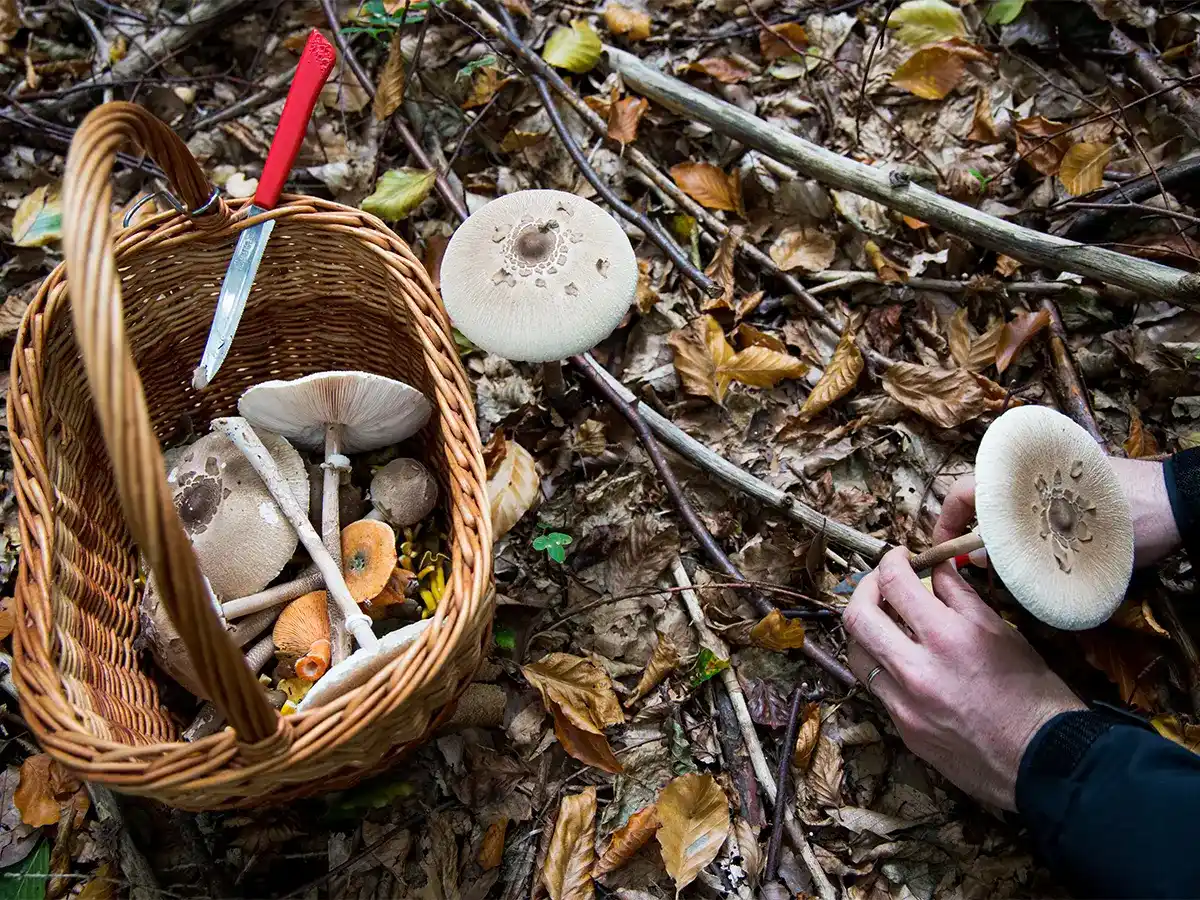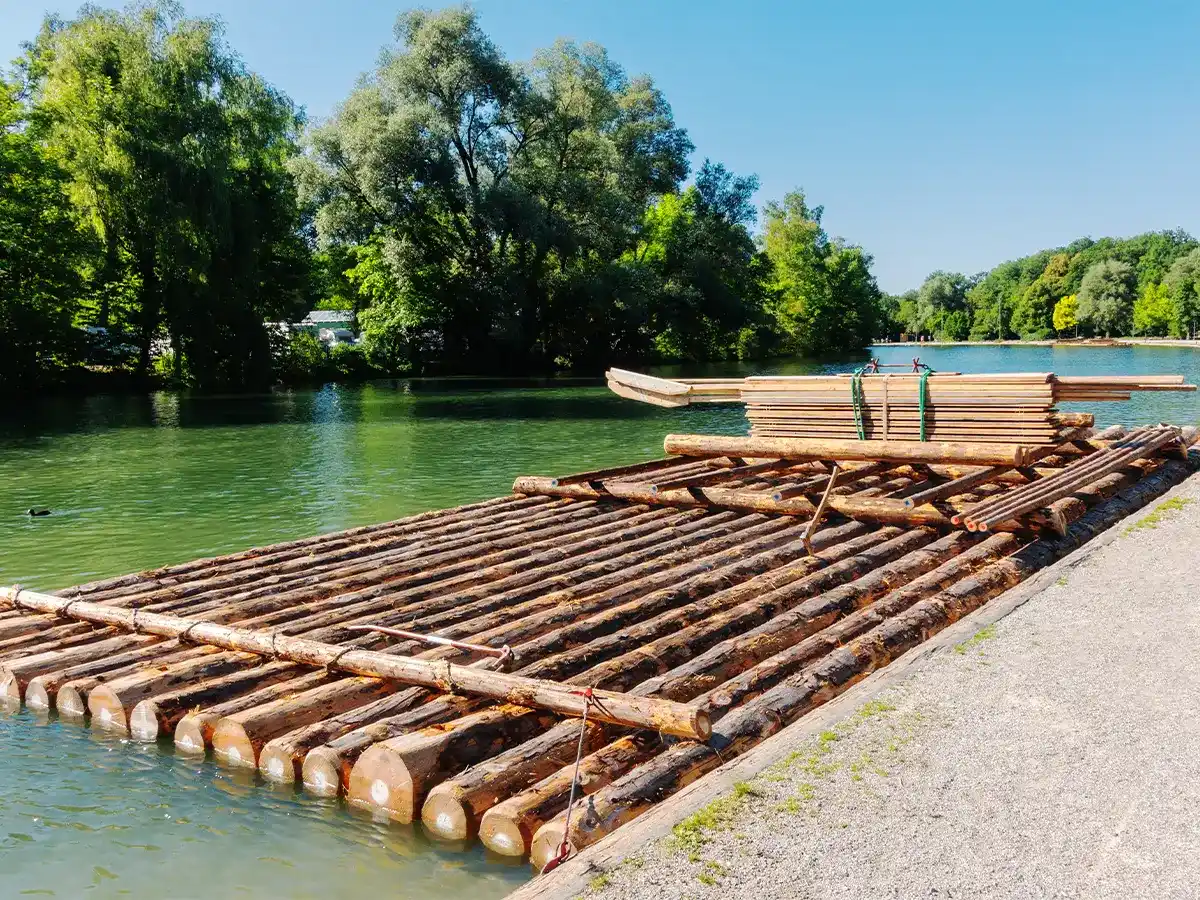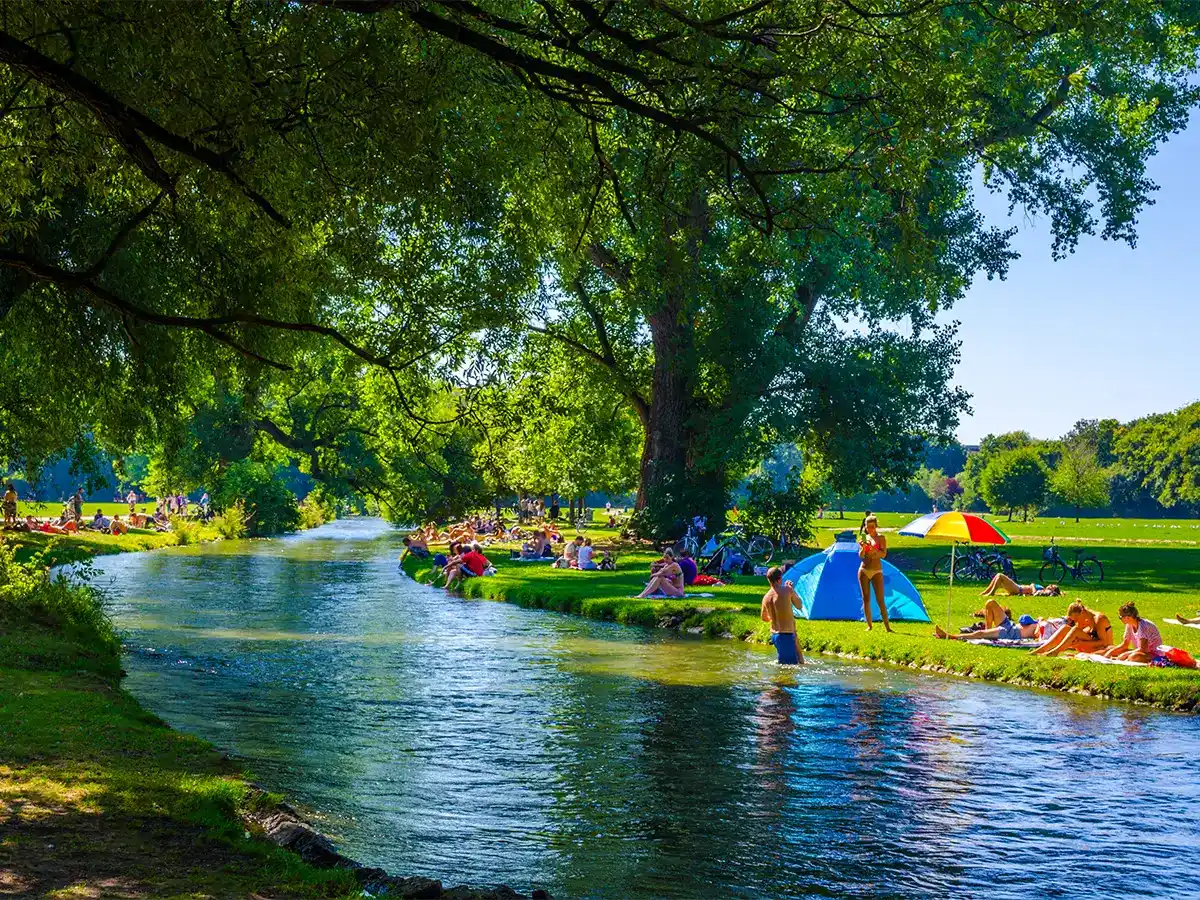- Home
- Summer Bucket List
The Ultimate Germany Summer Bucket List
By: Eran Fulson / Traveler, writer, and curious observer of all things German.
Published: April 1, 2025
So you’re planning a summer in Germany—whether it’s your first time or your fifth, this country shines (literally) in the warmer months. If you’re a traveler with a tight itinerary or an expat looking to explore beyond your local supermarket, here’s my ultimate German summer bucket list with 27 seasonal must-dos.
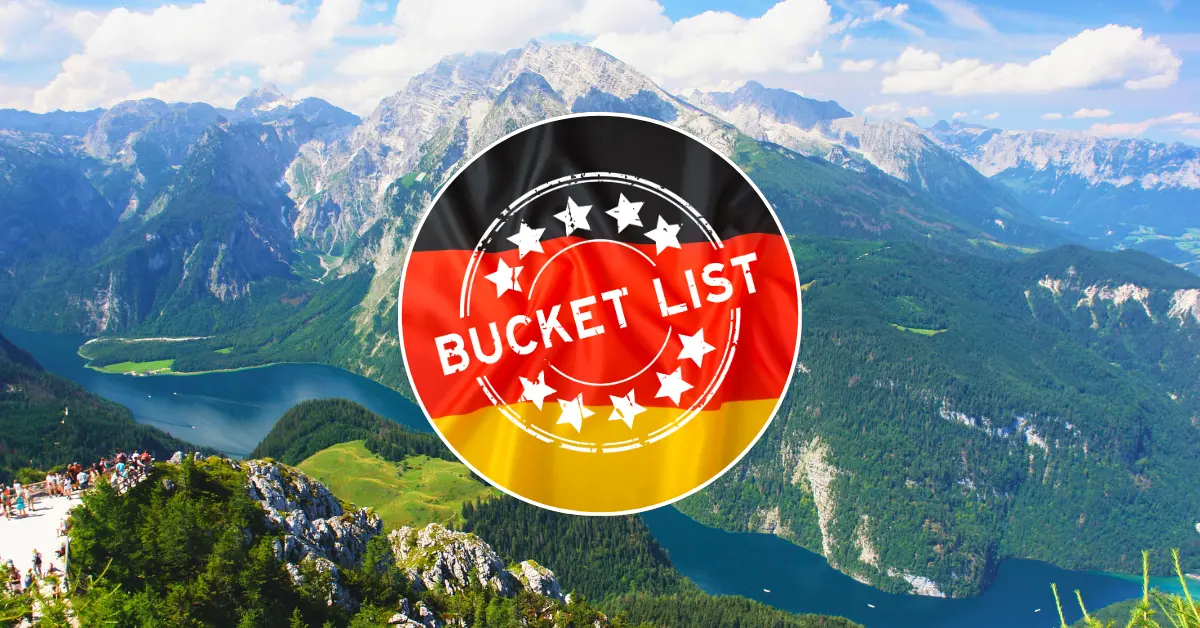
Consider this your curated, sun-soaked mix of iconic sights, hidden gems, family wins, and photo ops worthy of a new phone background. Stick around if you enjoy scenic hikes, lakes that look Photoshopped, cozy town festivals, and enough beer gardens to convince yourself that “dry July” actually refers to the weather (it doesn't).
On this page:
Key Takeaways & What You'll Get
- Explore iconic sights like Neuschwanstein Castle, Königssee, and Germany’s highest peak, the Zugspitze.
- Cruise the Rhine or Moselle Rivers for fairytale towns, castles, and vineyard views.
- Easy day trips from Berlin, Munich, Frankfurt, and Hamburg make summer exploring a breeze.
- Family-friendly favorites include Legoland, forest hikes to castles, and thrilling alpine coasters.
- Festivals beyond Oktoberfest—think fireworks, wine tastings, and free open-air concerts.
- Snap Insta-worthy shots at Rakotzbrücke, Saxon Switzerland, and hidden lavender fields.
- Embrace peak German summer culture like river rafting, mushroom foraging, and crate-balancing cyclists.
- Travel tips included: what to pack, how to get around, and where to expect crowds.
Whether you’re planning your first trip or just want to live like a local, this bucket list covers summer’s best moments—from magical to mildly chaotic.
1. See the Sights You’ve Definitely Heard About
Bucket list big-hitters worth the hype.
✅ Swim or boat across Königssee
It’s so clear and still it feels like you’re in a glacier-fed dream. Take the electric boat out to St. Bartholomä (St. Bartholomew's) and hear the echo demonstration. It’s serenely beautiful. Located in Bavaria near Berchtesgaden, Königssee is one of Germany’s most picturesque lakes—and swimming is allowed at designated spots, though the water stays refreshingly cold year-round.
The electric boat ride is the star attraction (buy tickets at the dock in Schönau am Königssee) and stops at the onion-domed church of St. Bartholomä. Go early to avoid the crowds, and bring snacks or a picnic—there are no shops on the far side of the lake. Public buses run from Berchtesgaden Hbf to the lake frequently in summer.
✅ Neuschwanstein Castle in full bloom
It’s touristy, yes. But the surrounding mountains, meadows, and fairy-tale vibes? Still worth it. Bonus: fewer foggy photos than in spring or fall.
✅ Take a day cruise on the Rhine or Moselle
Pick a stretch, grab a spot on the deck, and drift past castles, vineyards, and towns with names you’ll forget but pictures you’ll love.
✅ Ride the Zugspitze cable car
At 2,962 meters, Zugspitze is Germany’s highest peak. On clear days, you can see into Austria, Switzerland, and possibly your future self saying, “Wow.”
2. Plan a Day Trip That Doesn’t Feel Like a Chore
Because summer shouldn’t involve figuring out regional train platforms.
✅ Berlin to Potsdam—A breezy 40-minute ride to palaces, gardens, and a very photogenic windmill.
✅ Munich to Tegernsee—Cute town, turquoise lake, mountain views, and a brewery right by the water. You’ll consider moving there.
✅ Frankfurt to Rüdesheim—Vineyard views, a cable car, and boats that loop through the prettiest bits of the Rhine. Touristy in the best way.
✅ Hamburg to Lübeck—Gothic architecture, marzipan everything, and those red-brick Altstadt vibes. Easy win.
3. Bring the Kids (or Just Be a Kid)
Family-friendly without feeling like a school field trip.
✅ Legoland Deutschland
Not just bricks: water rides, a medieval castle area, and surprisingly good food. Bonus: shaded picnic spots.
✅ Sommerrodelbahn rides in Bavaria
Picture a personal rollercoaster with Alpine views. Cheap, fun, and mildly terrifying.
There are dozens of these across Germany, especially in Bavaria and the Black Forest. One of the most popular is in Immenstadt (Alpsee Coaster), with a track length of nearly 3 km.
You ride a small sled with a handbrake, so you control the speed. It’s safe for kids (age minimums vary), but also great for adrenaline-seeking adults. Tickets usually cost around €4–6 per ride or are discounted with a multi-ride pass. Wear sunglasses—you will squint the entire way down.
✅ Eltz Castle Hike
An easy forest trail that ends in a literal fairy-tale fortress. Suitable for kids, Instagrammers, and people in awkward footwear.
Burg Eltz is nestled in a forested valley near Moselkern, between Koblenz and Cochem. You can hike to it from the small train station in Moselkern (about 5 km one-way, mostly flat) or park at the upper car park and take the 1.3 km shaded footpath down. Inside tours are available in English and run every 10–15 minutes in peak season.
Pro tip: arrive early or late to avoid the midday tour groups, and check opening months—Eltz is only open from April to early November.
✅ Tierparks and Zoos
The Berlin Zoo or Munich’s Hellabrunn are massive and green—like a park that just happens to have elephants.
4. Join a Festival That Isn’t Oktoberfest
Still involves beer, probably.
✅ Tollwood Summer Festival (Munich)
Eco-conscious, artsy, and full of international food stalls and free concerts.
✅ Rhine in Flames (various cities)
Giant firework displays over the river + illuminated boats = over-the-top in the best way. Held on select weekends from May through September in different towns along the Rhine, this event features coordinated fireworks shows paired with festive riverside celebrations and boat parades.
Top viewing spots include Koblenz, Rüdesheim, and Bingen. If you want the full experience, book a seat on one of the illuminated cruise boats months in advance—they sell out quickly. Otherwise, riverside picnic spots are free and festive. Bring a blanket and settle in with local wine.
✅ Wine festivals (Pfalz, Moselle, Baden)
Germany’s wine regions come alive in summer. Live music, no entry fees, and Riesling for days.
✅ Local town festivals
Wander into any mid-size town on a weekend and there’s a decent chance of brass bands and bratwurst.
5. Take Photos Your Future Self Will Be Proud Of
Battery at 12%, but your camera roll has never looked better.
✅ Rakotzbrücke (Devil’s Bridge)
The near-perfect circle reflection makes this one Instagram-famous for a reason. This dreamy, photogenic bridge is located in Kromlau Park in Saxony, near the Polish border.
It’s best reached by car (about 2 hours from Dresden), but you can also take a train to Weißwasser and taxi the rest of the way. You can’t walk on the bridge, but walking paths around the lake provide several beautiful angles. Visit in the morning for fewer people and better light—and avoid drought periods when the water level is low. Entrance to the park is free.
✅ Saxon Switzerland hikes
Think dramatic sandstone cliffs, panoramic bridges, and fantasy novel vibes.
✅ Lavender fields near Lüneburg
Peak bloom hits Lower Saxony during mid-to-late July. Try not to sneeze.
✅ Wiblingen Abbey Library
In case of rain, this insanely ornate Baroque library near Ulm is pure visual gold.
6. Embrace Peak German Summer Culture
Local quirks to love, question, and eventually adopt like you were born here.
Germany in summer isn’t just about castles and mountain views—it’s also a time when locals fully lean into their warm-weather traditions. Some are charming. Some are confusing. All of them are worth experiencing at least once.
🍄 Join the mushroom foragers (or just pretend to)
Wander through a forest in Bavaria or Thuringia in July or August, and you’ll likely pass at least one person in socks-and-sandals with a wicker basket. Don’t be alarmed—they're probably just looking for Pfifferlinge (chanterelles) or Steinpilze (porcini mushrooms).
Foraging is a full-on summer hobby here, and some restaurants even advertise “forest-fresh” mushrooms on their menus. You don’t have to join them, but it’s oddly delightful to see the locals go full cottagecore for a month.
🏊 Master Freibad culture
Public outdoor pools—Freibäder—are essential to surviving a German summer. They’re cheap (usually €3–6), clean, and often feature sprawling green lawns for sunbathing.
But there are rules. You must shower before entering the pool. Don’t cannonball unless you’re under 12. Bring your own snacks. And whatever you do, don’t sit in someone else’s Handtuchplatz (towel spot). Respect is key.
🍏 Embrace the Apfelschorle lifestyle
It’s apple juice. It’s fizzy water. It’s…a revelation? Apfelschorle is the unofficial drink of summer in Germany—refreshing, non-alcoholic, and available absolutely everywhere from beer gardens to mountain huts.
Pro tip: Not all Schorles are created equal. Some places go 90% juice, others are just a whisper of apple. If you want to control your destiny, buy your own mix at the supermarket.
🚲 Witness the legendary German crate-balancing cyclist
You haven’t truly experienced summer in Germany until you’ve seen someone casually cycling down a cobblestone street with an entire crate of beer strapped to the back rack—no hands, no wobble, not even a helmet. Sadly, I've never managed a photo. By the time you realize what's just confidently flown past you, it's too late.
7. Honourable Mentions
✅ River Rafting like you've never done before
Travel 30km down the Isar River from Wolfratshausen to Munich on a traditionally made wooden log raft—with enough space for 60 of your new river rafting friends-to-be.
✅ Grilling in parks
Entire friend groups will colonize a patch of parkland with folding tables, Bluetooth speakers, and enough bratwurst to feed a village.
✅ Ice cream obsession
Spaghettieis (ice cream that looks like spaghetti) becomes a lifestyle. Don’t ask, just order.
Final Thoughts:
Germany in summer is something special—equal parts magical, efficient, and mildly chaotic (especially during train strikes). Whether you’ve ticked off every castle or just discovered the joy of sunbathing at a Freibad, this country knows how to summer.
Save this list, share it with your travel crew, and stay tuned—your ultimate fall bucket list might be just around the corner.
FAQ Section: Germany in Summer
Is summer a good time to visit Germany?
Is summer a good time to visit Germany?
Absolutely. June to early September offers long daylight hours, countless festivals, and ideal weather for outdoor sightseeing, lake swims, and beer gardens. Do expect crowds at major landmarks and occasional heatwaves—air conditioning is still rare in hotels and trains.
What should I pack for summer in Germany?
What should I pack for summer in Germany?
Layers. Daytime temps can hit 30°C (86°F), but mornings and evenings may still be cool—especially in the mountains. Include:
- Comfortable walking shoes or hiking sandals
- A small portable and chargeable USB travel fan—for the aforementioned heatwaves
- A lightweight rain jacket or umbrella (thunderstorms pop up quickly)
- Swimsuit for lakes or public pools
- Reusable water bottle (tap water is safe to drink everywhere)
Are public transportation options good in summer?
Are public transportation options good in summer?
Yes, and even better with summer promotions like the €49 Deutschlandticket (unlimited regional trains). Trains and buses run reliably to most destinations on this list ("reliable" compared to many other public transport options I've had in other countries). That said, July and August can mean crowded trains—especially on weekends or festival days—so plan ahead or book early for longer routes.
What’s open in summer in Germany?
What’s open in summer in Germany?
Pretty much everything—castles, museums, cable cars, and open-air theaters are all in full swing. Shops may close on Sundays (still a thing!), but tourist towns often have weekend markets or festivals going on instead.

